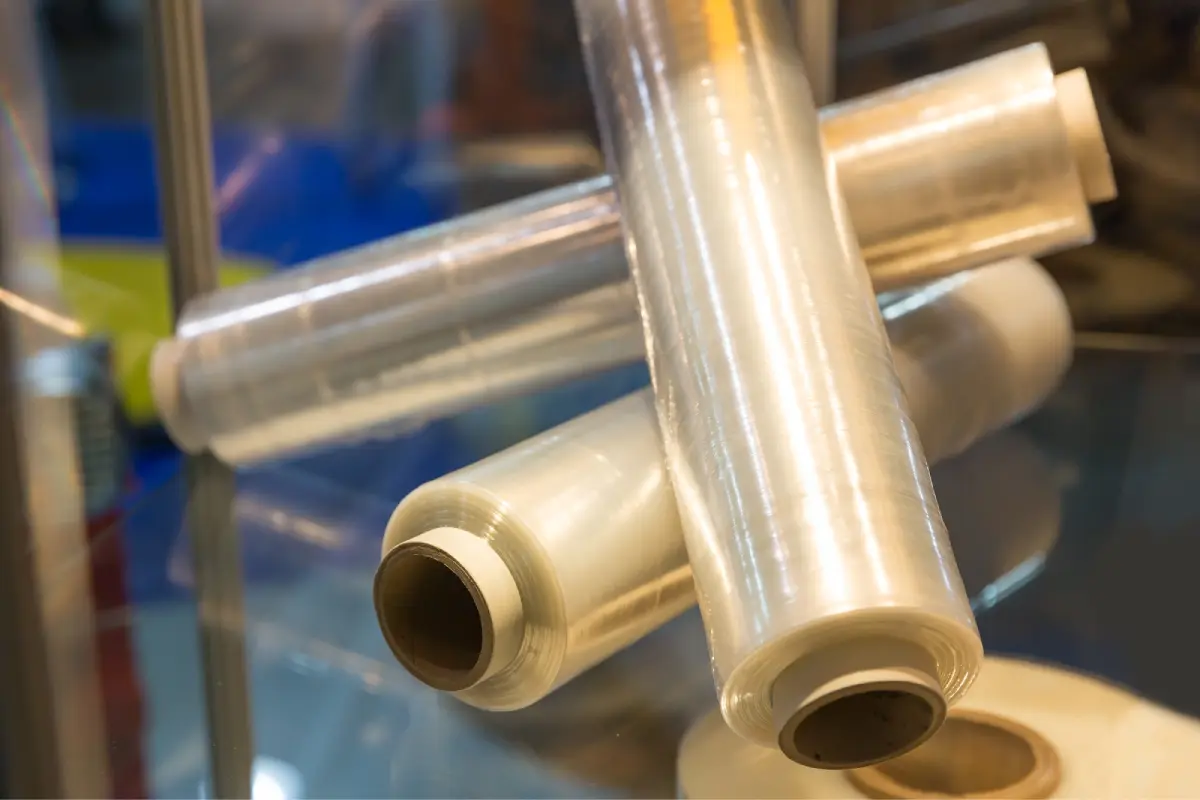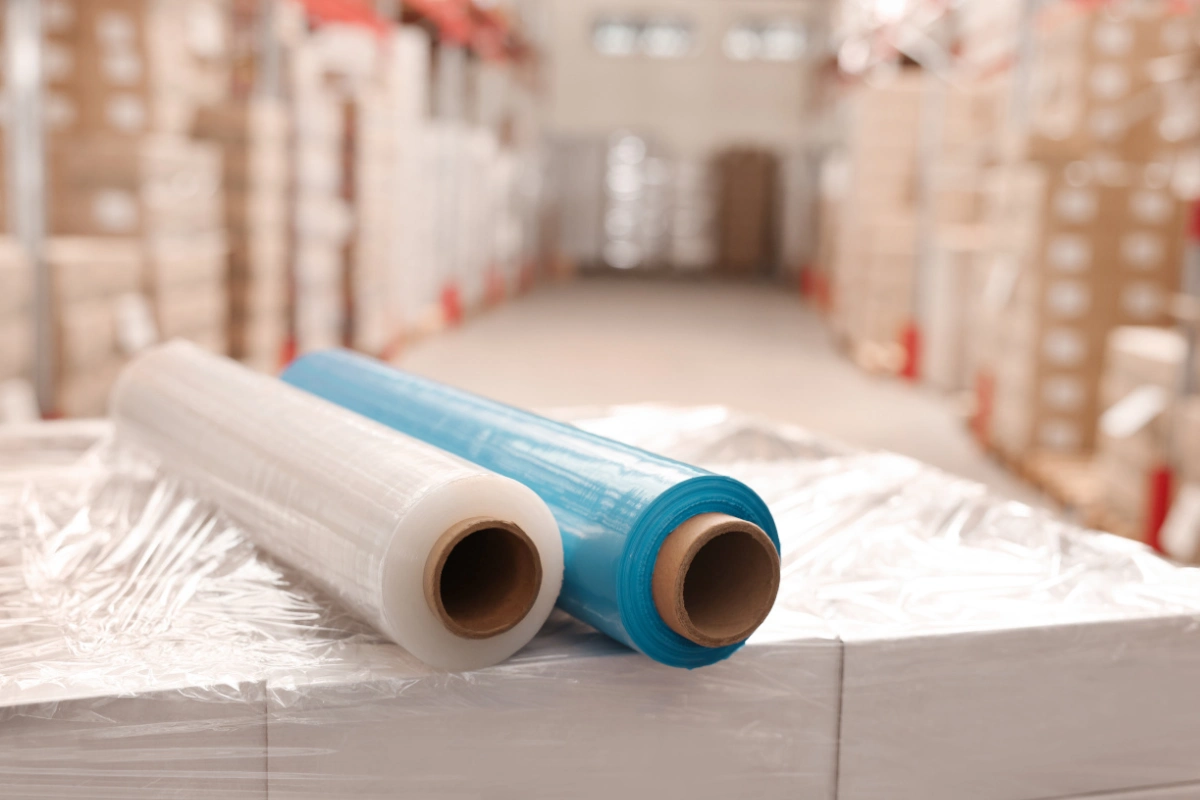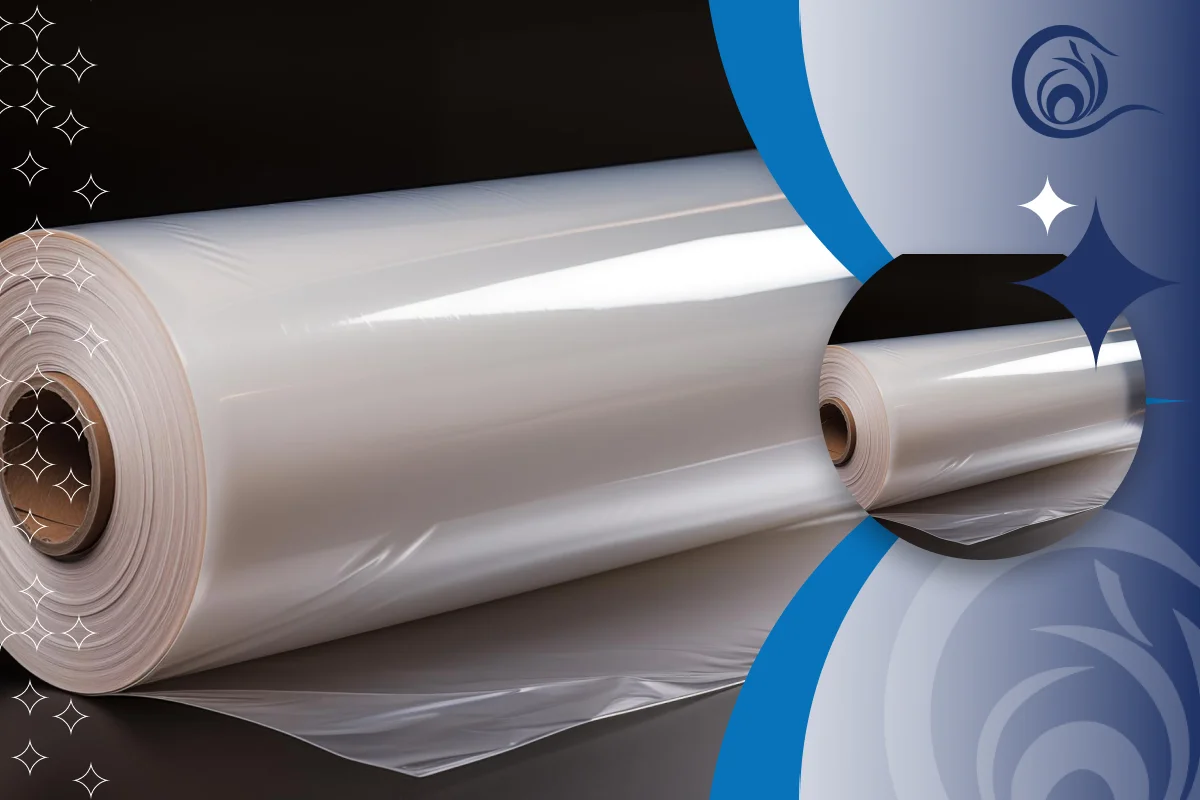In today’s fast-moving packaging world, stretch film has become one of the go-to materials for keeping products safe, stable, and presentation-ready. Whether you’re wrapping pallets of bottled drinks or securing bulk ingredients, stretch film offers an unbeatable combo of strength, flexibility, and cost-efficiency.
But not all stretch film is created equal—and neither are the prices. Let’s break down the key factors that influence the cost of stretch film, so you can make smarter, more cost-effective decisions for your business.
What Is Stretch Film?
Stretch film is a clear, flexible plastic wrap designed to cling tightly around products. It protects against dust, moisture, scratches, and minor impacts. Thanks to its tacky surface and stretchability, it’s ideal for stabilizing unbalanced loads on pallets. It comes in two main types:
– Hand stretch film** (for manual use)
– Machine stretch film** (for automated operations)
Main Factors That Impact Stretch Film Pricing
- Factor | How It Affects the Price
- Thickness | Thicker films use more material and cost more
- Number of layers | Multi-layer films are stronger and pricier
- Stretch and cling level | More elasticity and grip = higher cost
- Raw materials | High-grade polymers = better performance and higher price
- Roll dimensions | Custom sizes often come with added production costs
- Add-ons and features | UV resistance, color, anti-static, etc., all raise the price
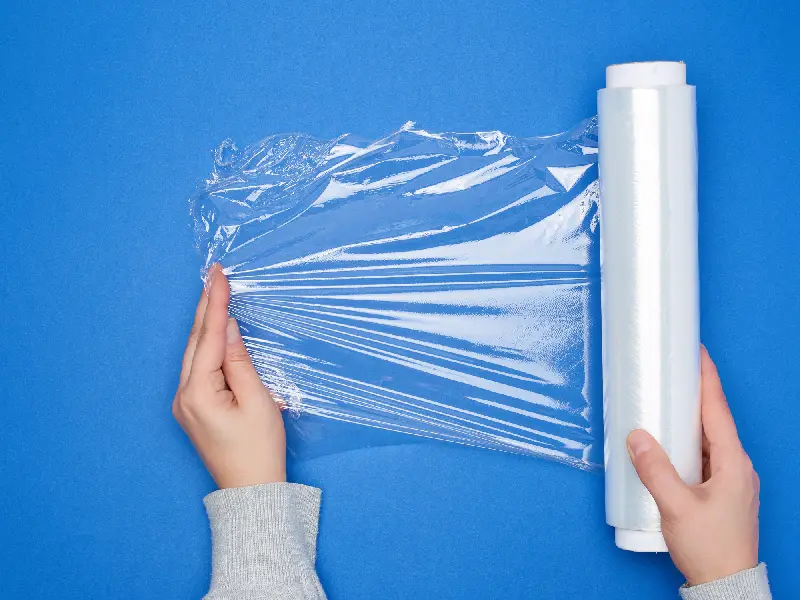
Let’s dig deeper into each one.
1. Film Thickness
Thicker stretch film means better mechanical strength—ideal for heavier loads. But it also means more raw material is used, which directly drives up the cost. If you’re packing heavy items, thicker film is worth the extra investment.
2. Number of Layers
Multi-layer stretch film offers better tear resistance and load retention. It’s engineered for industrial or high-performance packaging—and that complexity comes at a premium.
3. Stretch & Cling Performance
The more a film can stretch, the less material you need per load. High cling levels also help keep your wraps tight and secure. Premium films with high elasticity and grip often use better raw materials and more advanced manufacturing, which makes them more expensive—but also more efficient in the long run.
4. Raw Material Quality
Stretch film is usually made from LLDPE (Linear Low-Density Polyethylene). Films made with virgin-grade LLDPE, anti-UV agents, or anti-static compounds cost more but deliver better protection and durability—especially in challenging environments like cold storage or outdoor shipping.
5. Roll Dimensions
Need non-standard roll widths or lengths? That kind of customization requires production adjustments and may bump up the price. Standard sizes are generally more cost-effective, but tailored specs can be worth it depending on your operation.
6. Special Features & Additives
Need UV protection for sun-exposed shipments? A colored film for brand alignment? Or anti-static film for electronics? All of these features require special additives during production, which naturally increase the final price. If you’re buying in bulk, though, you can often negotiate better rates with the right supplier.
Where to Buy Bulk Stretch Film at a Competitive Price
Looking for high-quality stretch film without blowing your packaging budget? **Raga Parsian** has you covered. We manufacture and supply stretch film in a range of thicknesses, widths, and colors—customizable to your specific needs. Whether you’re pallet-wrapping beverages or protecting sensitive materials, our team can tailor the right solution for your workflow.
We also offer competitive pricing for bulk orders, making it easier to scale your packaging while keeping costs in check.
Why Use Stretch Film?
Here’s why stretch film remains a smart packaging choice for professionals in the food and beverage sector:
- Protects against moisture, dust, and contaminants** – Essential for hygiene in food and pharma
- Keeps loads secure during transport** – Prevents shifting and product damage
- Stretchable up to 300–500%** – More wrap, less film
- Gives your packaging a clean, professional look** – Great for retail visibility
- Reduces packaging waste and cost** – More sustainable than bulkier alternatives
Industries That Use Stretch Film
Stretch film plays a key role in:
- Food and beverage packaging
- Pharmaceutical and hygiene product protection
- Tile, ceramics, and construction materials
- Home appliances and automotive parts
- Export pallet wrapping for large shipments
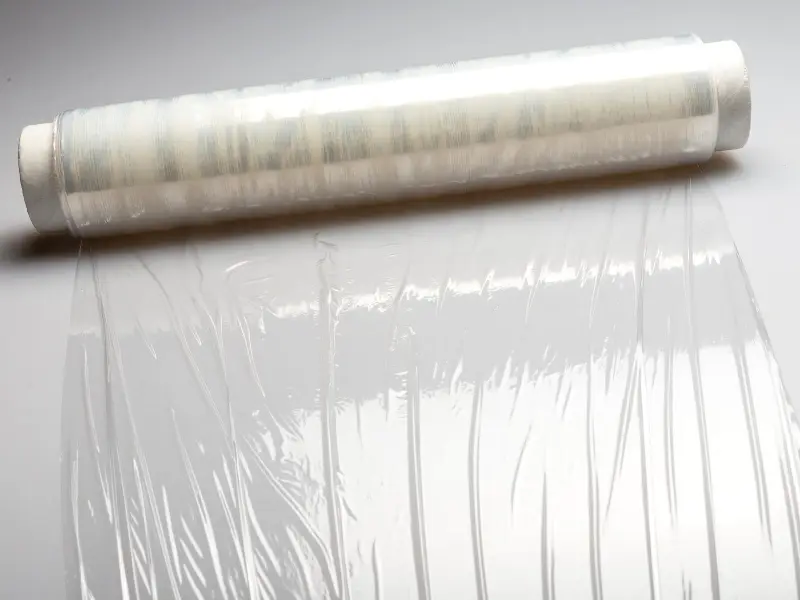
Final Thoughts
Stretch film isn’t just about wrapping stuff up—it’s about protecting your product, brand, and bottom line. Knowing what affects the price can help you choose the right type of film for your operation without overspending.
And if you’re looking for a supplier you can count on, Raga Parsian delivers consistent quality, flexible specs, and wholesale pricing tailored to your needs. Reach out today to explore your options.

